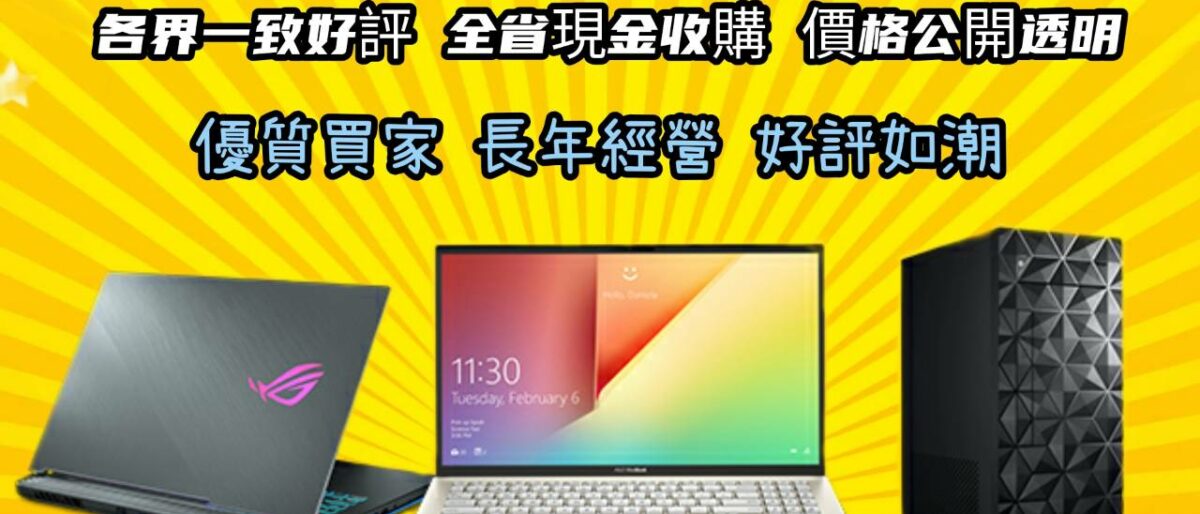Asus筆電收購 收購ASUS筆電 收購ROG電競筆電 收購ACER筆電 收購Msi電競筆電 收購微軟SURF 看全文

我們專業經營各項3C高價回收,收購電競筆電,文書筆電,輕薄筆 電,MSI,ASUS,ACER,HP,Razer,GIGABYBE,Microsoft,,多通路多管道,非坊間垃圾回收價,價格不怕您比較,歡迎企業戶汰舊換新,續約販賣,分期換現,電競筆電, 二手汰舊,手機,筆電,相機,鏡頭,空拍機
asus筆電收購
There is one — and only one — reason to buy the asus筆電收購asus ZenBook Duo. If you’ve seen a picture, you know what that reason is: there are two screens.
Specifically, there’s the primary display, a 14-inch 1080p matte screen. There’s also another display, a 12.6-inch IPS panel called the ScreenPad 2.0, built into the top half of the lower deck. Both are touch-enabled, and both support asus筆電收購asus’ active stylus. It’s sort of hard to explain what this looks like; you’ll get it once you see it.
The $1,499 ZenBook Duo isn’t quite the only laptop like this — last year’s ZenBook Pro Duo (of which this is a pared-down, portable version) offers the two-screen setup in a $2,500 workstation form, and some similar concepts, such as Lenovo’s ThinkPad X1 Fold, are slated for release later this year. For the moment, though, the ZenBook Duo is the best laptop for most users who want more than one display.
Just be sure you really want the extra screen because the trade-offs you have to make are significant.
Unlike the MacBook Pro’s Touch Bar, or previous ZenBooks like the Pro 15 that have experimented with touchscreen trackpads, the ScreenPad has a number of obvious use cases, and they work as well as they should.
I mostly kept distractions like Slack, Twitter, and Spotify on the bottom screen so they were out of my way while I did my primary work on the top, but I also sometimes kept notes or other information down there for reference. You can easily message a friend while watching Netflix, edit video with the timeline on the bottom, or stream a YouTube tutorial on the bottom while running a game up top. I’m sure you can see your own uses for this; it’s like having a miniature, built-in monitor. Note, though, that the ScreenPad is small and has a very narrow aspect ratio, making it best suited to running streams in the background or stealing a glance at Twitter here and there; reading in depth or doing any actual work on it is pretty cramped.
It’s like having a miniature, built-in monitor
In asus筆電收購asus’ Launcher menu, which you open by tapping the left side of the ScreenPad, you can access a handful of nifty features that take advantage of the Duo’s form factor (as well as adjust the ScreenPad’s brightness and lock and unlock the keyboard). There are a couple apps, including Quick Key (where you can access shortcuts to commands like cut, copy, and paste), Number Key (which pulls up a virtual numpad), and Handwriting (where you can scribble with the stylus and the text will show up wherever your cursor is — it’s quite accurate). You can create “task groups” of up to five apps or tabs (two on the main screen and three on the ScreenPad), which you can then open up later with a single click. And you can add whatever apps you want to the Launcher’s main menu, so it can function as a secondary dock.
Moving apps from one screen to the other is as easy as moving them to an external monitor. But there are some neat tricks, too. Whenever you click and drag a window, a small menu pops up with options to send it to the opposite display, pin it to the Launcher, or extend it to occupy both screens. There’s also a handy button above the touchpad that immediately swaps the contents of your top and bottom screen and automatically resizes them to fit.
The only ScreenPad feature I ended up using frequently was task groups — I made a group of “work” tabs to open in the morning and a group of “leisure” tabs to open at night. But everything else did work as advertised. The main takeaway here is that asus筆電收購asus has done the work. The ScreenPad isn’t a gimmick; it’s useful.
That said, there are problems.